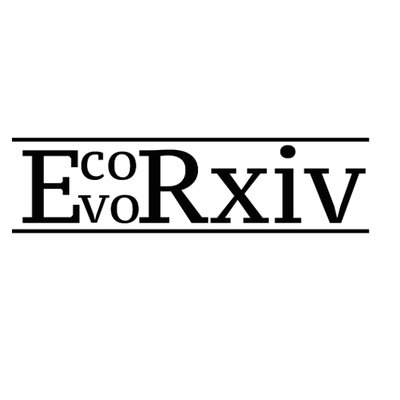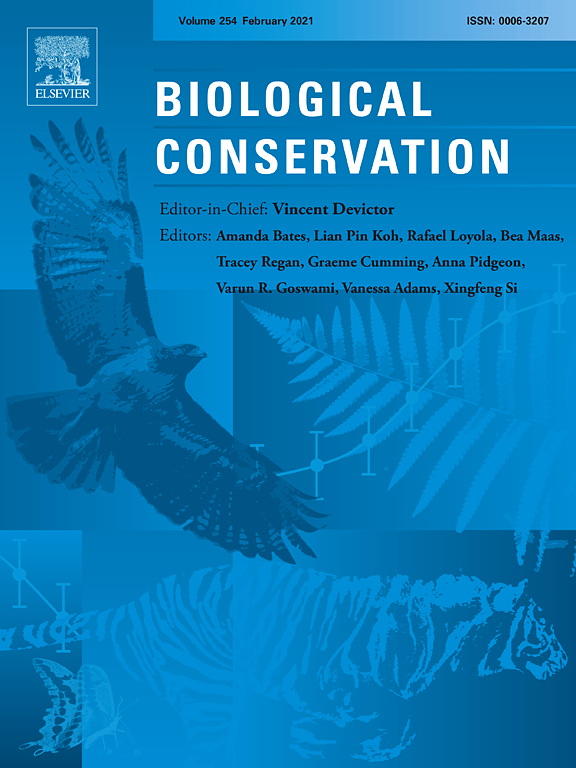Mangroves of the North Brazil Shelf (NBS) are a regional ecosystem subgroup (level 4 unit of the IUCN Global Ecosystem Typology). It includes the marine ecoregions of Amazonia, Guianan, Northeastern Brazil, and the Southern Caribbean. The NBS mangrove province had a mapped extent in 2020 of 13204.0 km2, representing 9.0% of the global mangrove area. The biota is characterized by Rhizophora mangle, R. racemosa, R. harrisonii, Avicennia germinans, A. schaueriana, and Laguncularia racemosa species of mangrove trees, including several species of vertebrates and invertebrate comprising the benthic fauna. They serve as a natural barrier against tropical storms, provide a safe habitat for endangered species from marine and terrestrial environments, enhance food security, and supply resources for the local economy. Beyond their socio-ecological relevance, mangroves are interconnected with different environments, such as várzeas, igapós, brackish water marshes, and terra firme, and may be present in lentic freshwater environments. Despite the increasing negative impact of human activities, the NBS mangroves are well preserved, mainly due to their vast extent and low human occupation, with a loss of 0.8% along the Brazilian Amazon coast since 1996. If this trend continues, an overall change of 2.1% is projected over the next 50 years. Furthermore, under a high sea level rise scenario (IPCC RCP 8.5) ≈-8.9% of the NBS mangroves would be submerged by 2060. Moreover, 3.8% of the province’s mangrove ecosystem is undergoing degradation, with the potential to increase to 11.2% within a 50-year period, based on a vegetation index decay analysis. Overall, the NBS mangrove ecosystem is assessed as Least Concern (LC).
DOI:
https://doi.org/10.32942/X2D34W
Dimensões Contagem de citações:



















